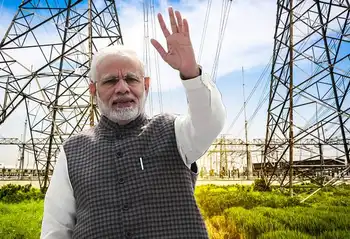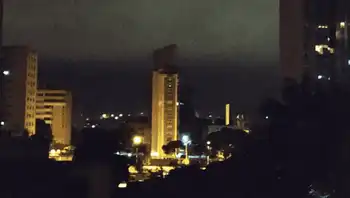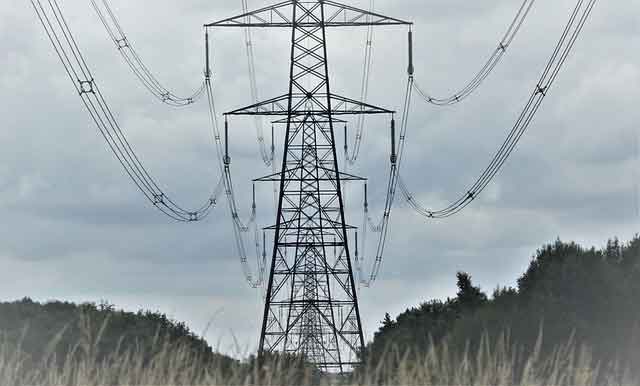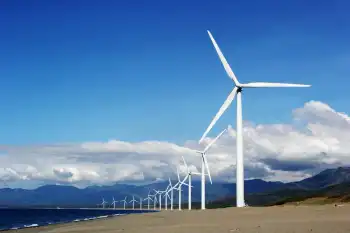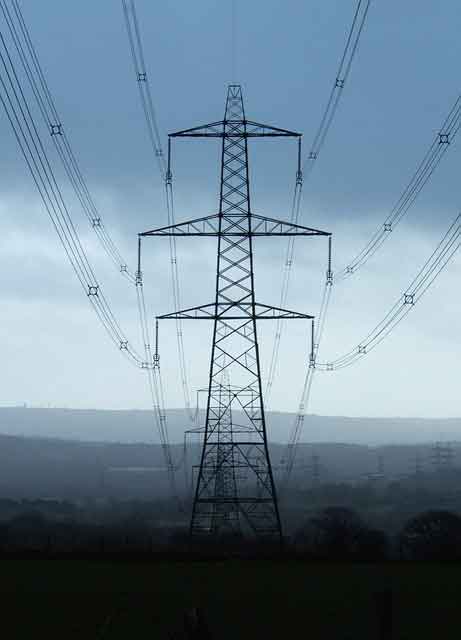Profit incentives cut from Ely plan
By Las Vegas Review-Journal
CSA Z463 Electrical Maintenance -
Our customized live online or in‑person group training can be delivered to your staff at your location.

- Live Online
- 6 hours Instructor-led
- Group Training Available
Public Utilities Commissioner Jo Ann Kelly attacked an integrated resource plan decision that Chairman Don Soderberg wrote. She challenged paragraphs dealing with potential profit incentives for building the coal-fired plant at Ely and for building separate gas-fired plants in Las Vegas and a wind farm.
Kelly moved to reconsider the decision, as requested by consumer advocate Eric Witkoski. Commissioner Rebecca Wagner seconded the motion and Soderberg dissented.
Kelly and Wagner ultimately want to cut out two paragraphs that dealt with profit incentives for Nevada Power, but general counsel Jan Cohen said they should do that at a later meeting.
The consumer advocate said he was elated with the decision.
"I think the decision is much more reasonable (than the original one) and will save millions of dollars for the sake of ratepayers," Witkoski said.
The dispute partly focused on provisions that provided sample profit incentives that a future utilities commission might grant Nevada Power for building the Ely power plant.
In addition, Kelly and Wagner objected to profit incentives that were approved for a 200-megawatt gas-fired power plant Nevada Power intends to build at Clark Station if wind power plants were built, too.
The original decision allowed Nevada Power to earn three-quarters of a percent extra profit on the gas-fired, peaking plant in return for installing 200 megawatts of wind power facilities.
In the recent meeting, Kelly said approval of the wind farm was outside the case's scope. She said Nevada Power had not outlined a specific wind project that case participants could review.
"There is no evidence here (in testimony). This is a legal surprise. We are not spokespersons for wind projects," Kelly said. "It is a deviation from statute and certainly from regulation."
Wagner agreed.
"It may send a bad message and ultimately just be a bad policy move," Wagner said. "(The wind project) might end up being a boondoggle."
The commission did not know whether a wind farm would supply power during periods of peak power demand and reduce reliance on demand for natural-gas plants like the one at Clark Station, Kelly said.
Kelly urged caution with renewable power projects and energy conservation programs because Nevada rates have soared in recent years.
"The (electric) rates of Nevada are among the highest in the West," Kelly said. The high rates are "a legacy of the energy crisis (of 2000 and 2001)."
Kelly said the paragraph on proposed incentives for the Ely Energy Center could be interpreted as the first part of approval of incentives, leaving final ratification for later.
Kelly disagreed with earlier statements by Soderberg that the commission could grant higher profits to Nevada Power as an incentive without a request from Nevada Power.
"I believe the (consumer advocate's staff) petition is well-crafted, has merit, is in the public interest and should be granted," Kelly said.
In a separate decision, the commission decided to investigate claims by the consumer advocate that deferred energy rates allowed Nevada Power and Sierra Pacific Power Co. to make profits by charging high interest rates on deferred expenses.
Witkoski was elated with the decisions.
"It was a good day," Witkoski said. "Today, we saw some sunshine."





